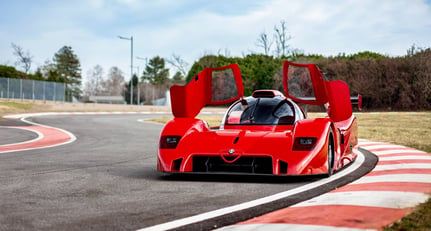A wall of multicoloured thunder surges forward at a frenetic rate as tens of wedge-shaped prototypes, all adorned with household brand logos and driven by motorsport’s greatest names, battle feistily for track position. Ah, the halcyon days of Group C sports car racing – an epoch when plucky privateers stood every chance of knocking major manufacturers off their perches, grids and grandstands alike were bursting at the seams and the technological envelope was pushed so far that the sport’s free spirit actually had to be curtailed.
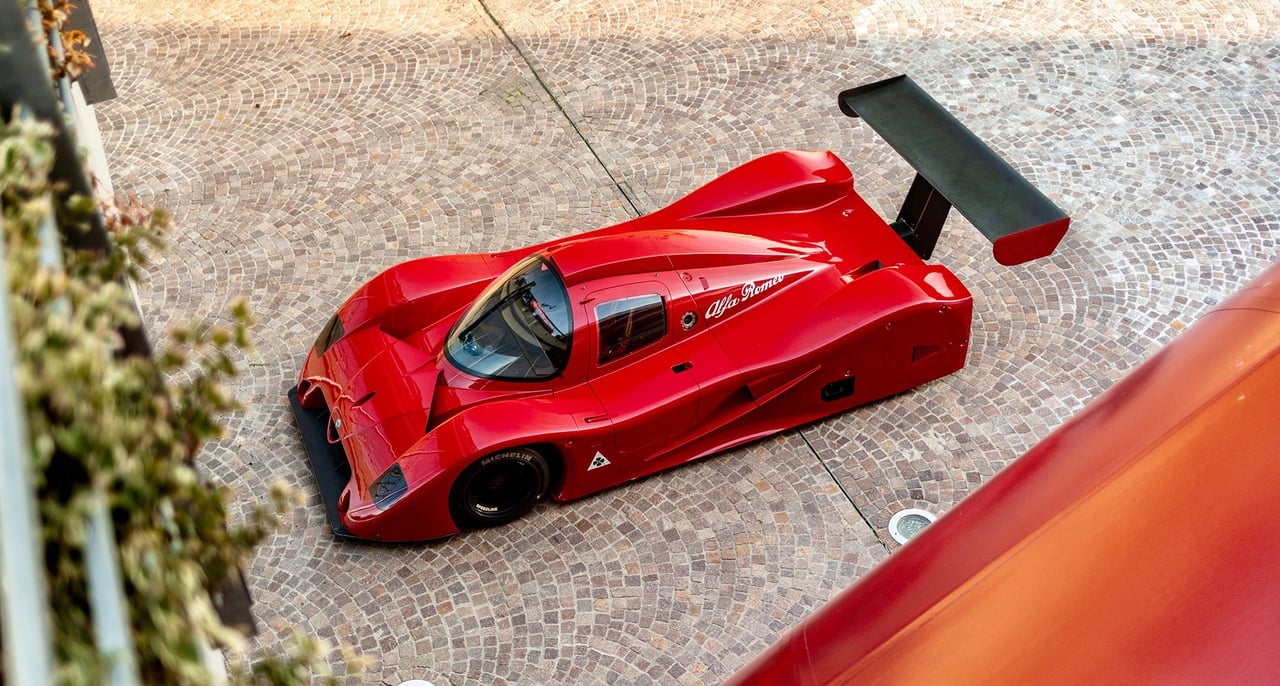
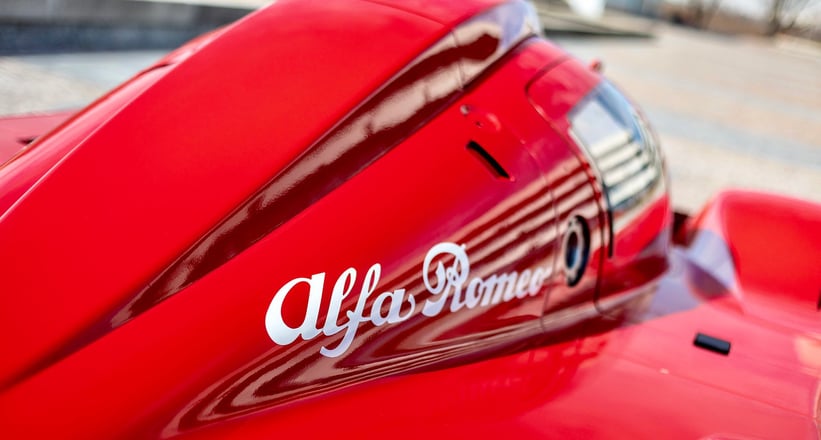
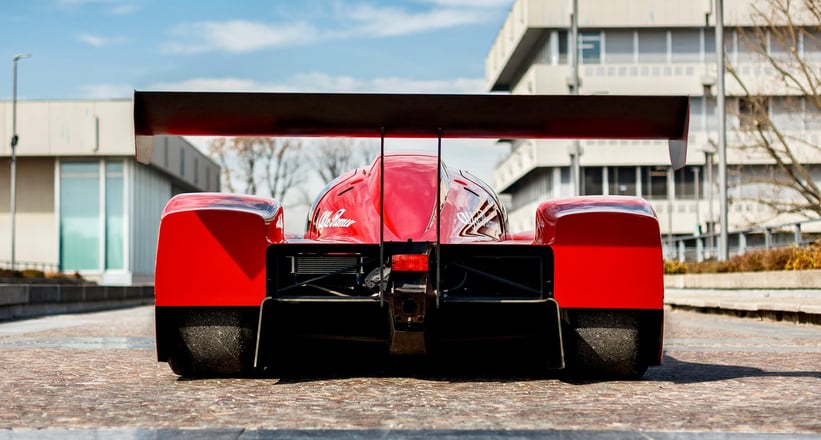
When Group C’s governing body canvassed the automotive industry’s biggest names in 1988 for their views on a proposed rule change that would banish large-displacement engines and Goliath turbochargers and instead sanction smaller-capacity Formula 1-derived motors, the bigwigs at Alfa Romeo were intrigued. After all, Lancia was busy dominating Group A rallying after its Group C car was shelved in 1986 and all Ferrari’s resources were, unsurprisingly, tied up in Formula 1.
It was therefore down to Alfa to fly the flag for the overarching Fiat group in the lucrative world of endurance racing. What’s more, the Milanese marque had an ace up its sleeve in the form of a sophisticated 3.5-litre V10 that Pino D’Agostino had initially produced for the Ligier Formula 1 team but that had subsequently been installed in the stillborn 164 Procar. It was exactly the kind of engine the new Group C rules would favour. All Alfa Romeo needed was a chassis in which to plonk it. Enter Abarth.
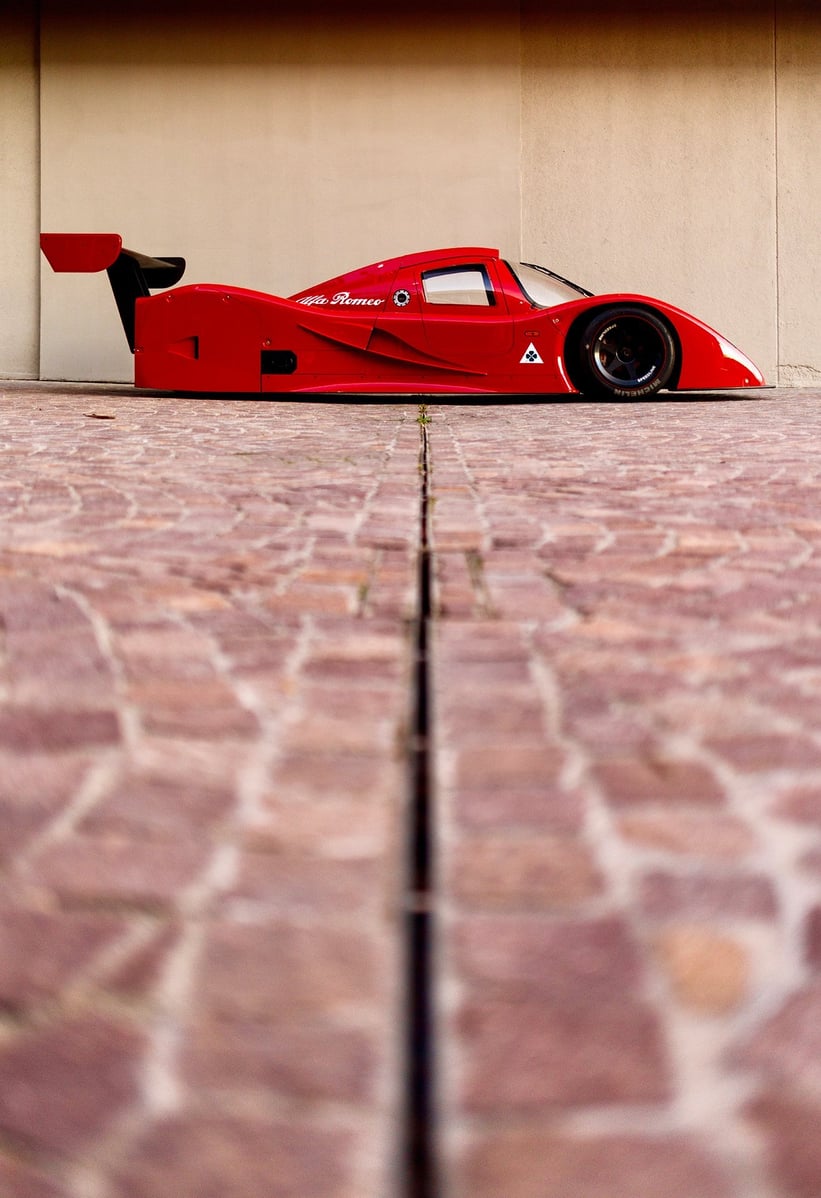
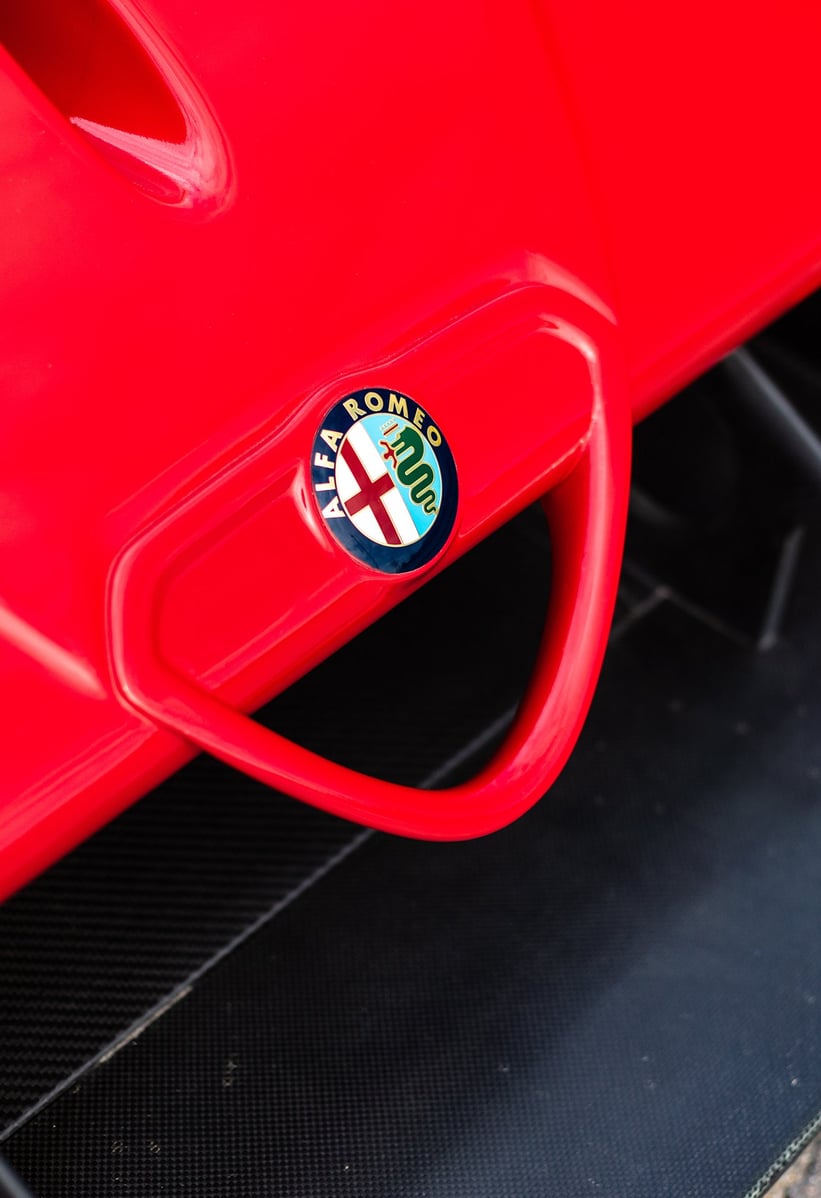
Abarth had already designed Lancia’s former Group C entry, the LC2, a car whose potential was ultimately thwarted by the unreliability of its turbocharged Ferrari engine. It was thus an LC2 chassis that was drafted in to test Alfa’s new V10. At the marque’s Balocco test track, the 620HP engine showed promising performance but, perhaps inevitably, its fragile Latin temperament got the better of it and it was promptly declared unfit for purpose. In what was likely the biggest bruise on the pride of Alfa Corse’s engineers, a rebadged Ferrari V12 was chosen instead.
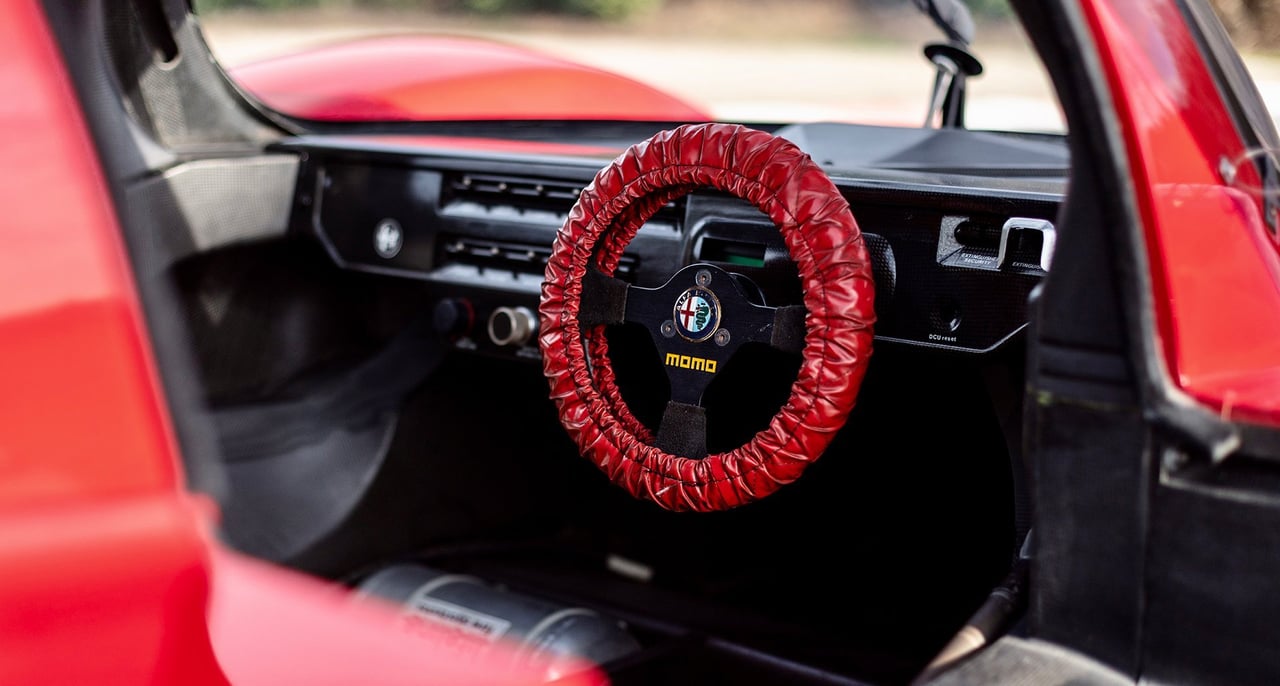
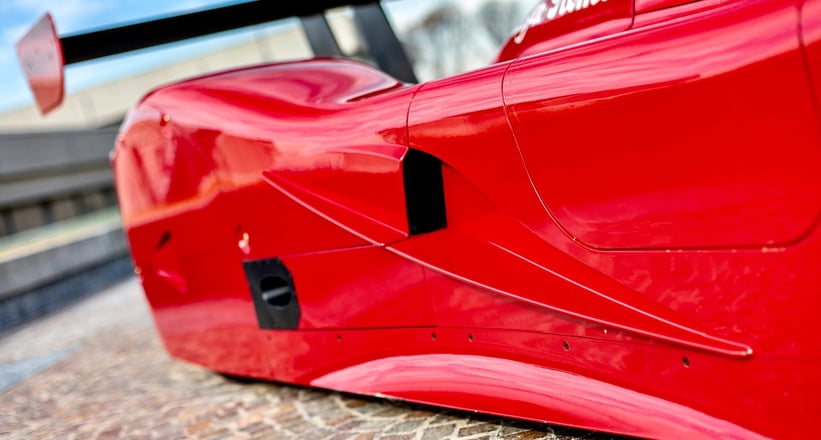
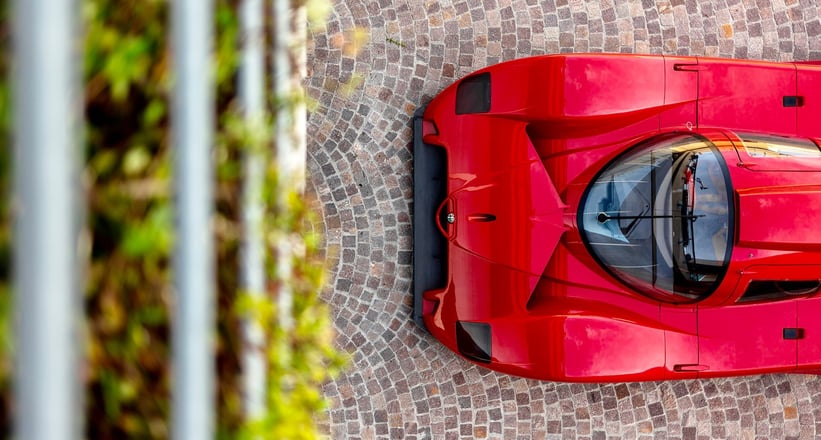
Still working under a strict veil of secrecy, a new carbon-fibre monocoque was constructed and former Osella designer Giuseppe Petrotta worked with aerodynamics specialist Giorgio Comaschella to produce a conventional albeit soul-stirringly beautiful scarlet body, finished with Alfa Romeo’s signature grille. The SE048SP was born. It might have been minimally elegant, but with its gaping mouth, series of elaborately shaped NACA ducts feeding air to a complex series of tunnels and spats that enclosed the rear wheels, the car’s ground-effect capabilities were clear to see.

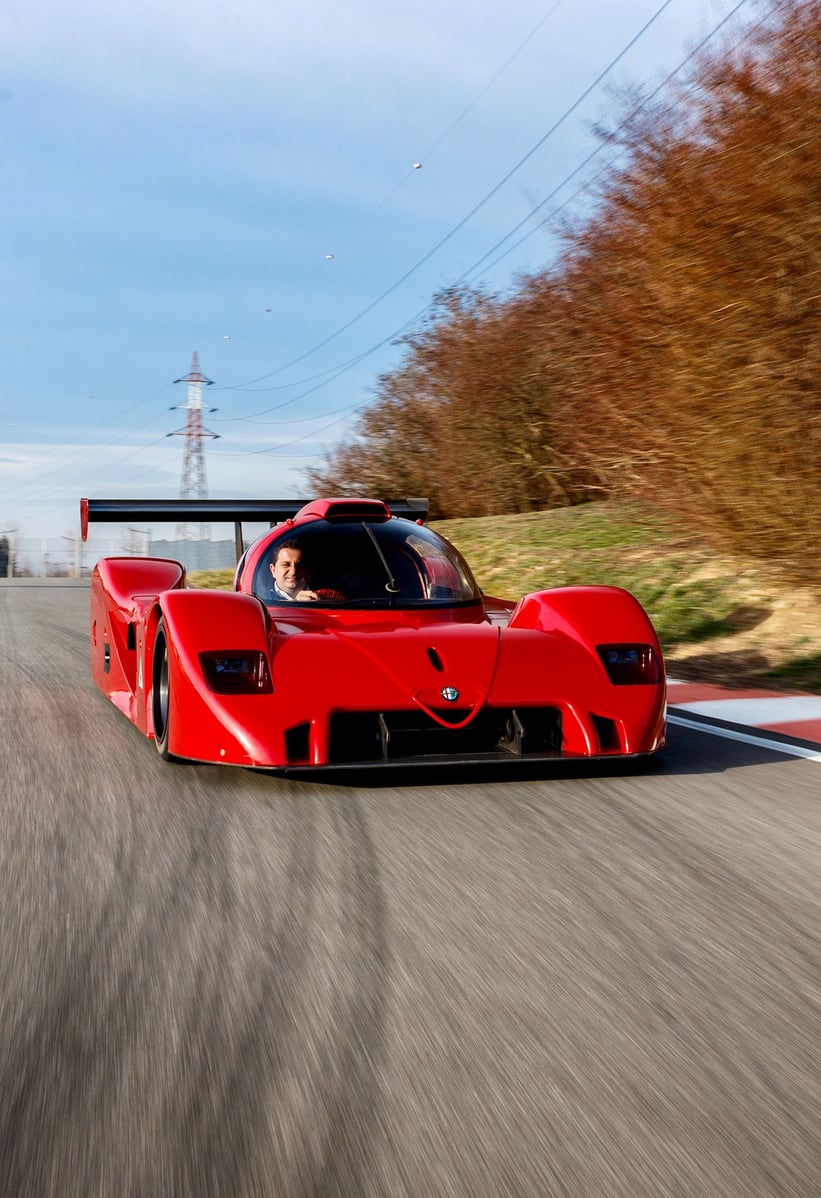
It didn’t take an expert to see that the Alfa Romeo SE048SP looked like an extremely effective machine, but we’ll sadly never know how it would have fared in the line of duty as the entire project was shelved in September of 1990. There was a worrying lack of interest from fellow manufacturers in the revised Group C formula and as far Alfa Romeo was concerned, the bureaucracy at the top of the sport meant the writing was already on the wall for the once-buoyant series. Besides, why should it funnel so much time and money into a prototype powered by its begrudged brother from Maranello. It resources could be far better spent on a more easily identifiable touring car – and we all know how successful that project proved to be.
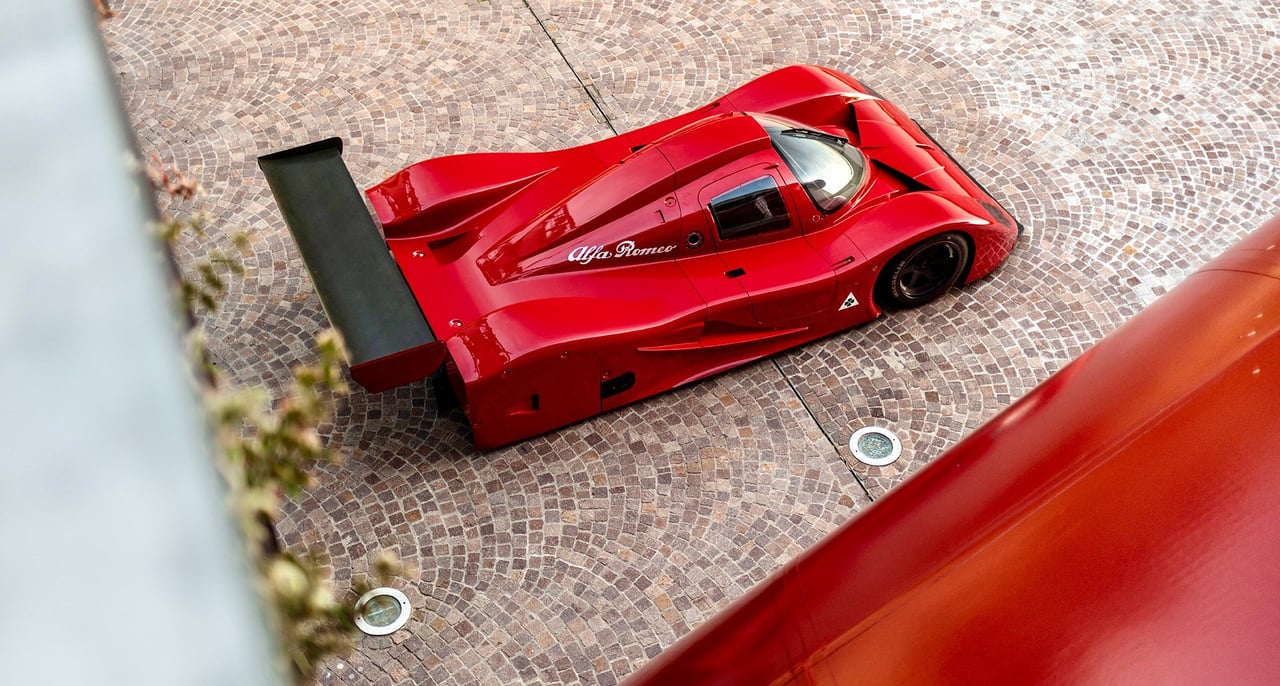
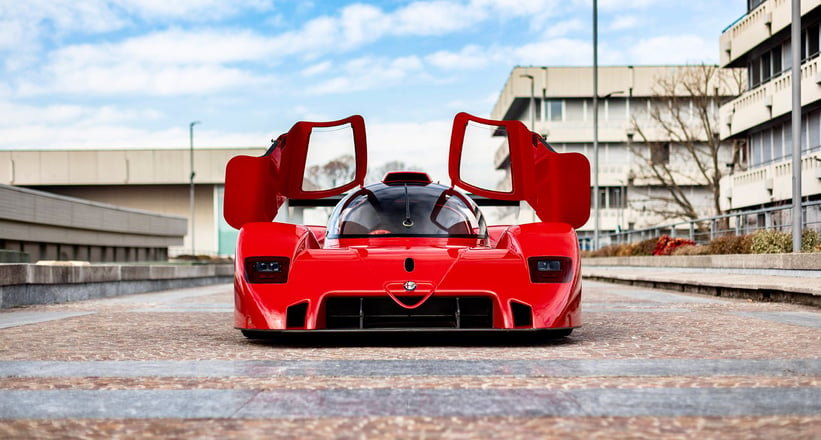
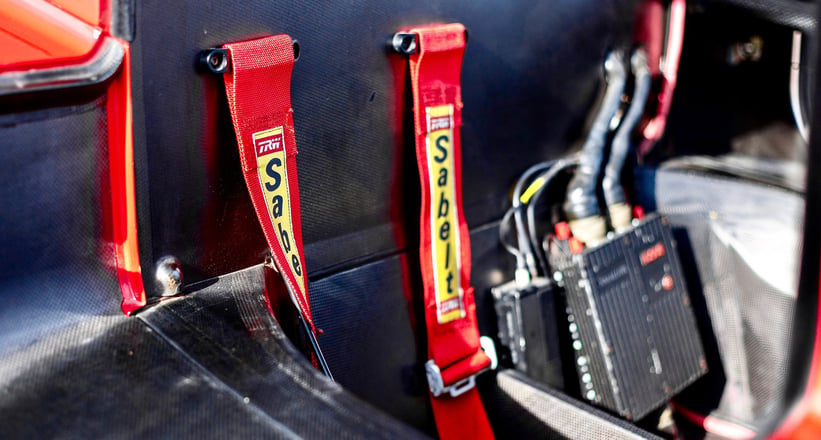
The patriarch of the Momo company and keen amateur racing driver Gianpiero Moretti voiced a serious interest in racing the stillborn prototype but alas, a deal was never struck. Instead, the SE048SP was consigned to the Alfa Romeo museum and the history books. That the world never got to witness this state-of-the-art scarlet sensation in action is a tragedy. But on the contrary, its ill fate and secrecy only serve to heighten its romance and allure today. It was typically gorgeous for an Alfa Romeo, but it was also typically Italian. Quite frankly, we wouldn’t have it any other way.
Photos: Kevin Van Campenhout © 2019
